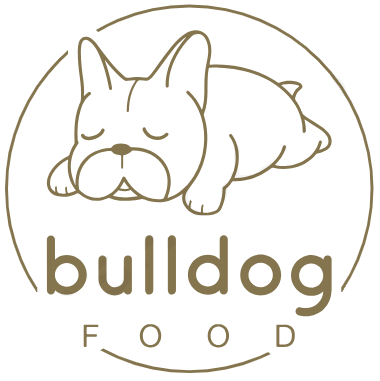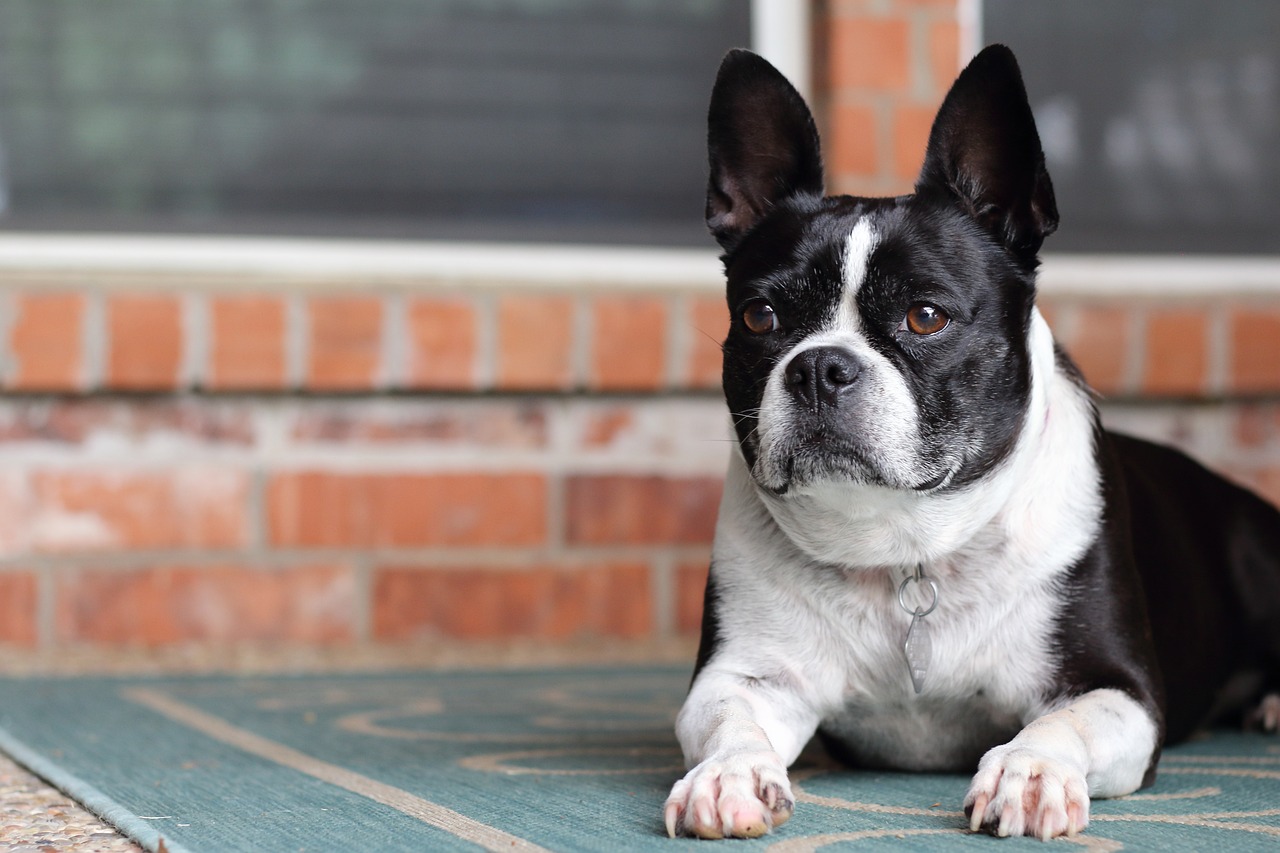French Bulldog Potty Training is just as important as potty training a child. A properly trained Frenchie will help keep your home clean and avoid causing frustration.
However, this task can be more difficult than it looks. Many first-time dog owners may assume that small dogs are easier to train, but they quickly discover that French Bulldogs are one of the most stubborn breeds when it comes to potty training. Even our experienced trainers have encountered various difficulties.
But don’t worry! With years of experience caring for dogs, we’ve identified the best methods! In this article, we’ll share effective strategies for French Bulldog Potty Training, including how to recognize potty signals and handle accidents. Read on to learn about essential supplies, establishing routines, and advanced techniques to ensure your dog becomes a well-behaved member of your family.
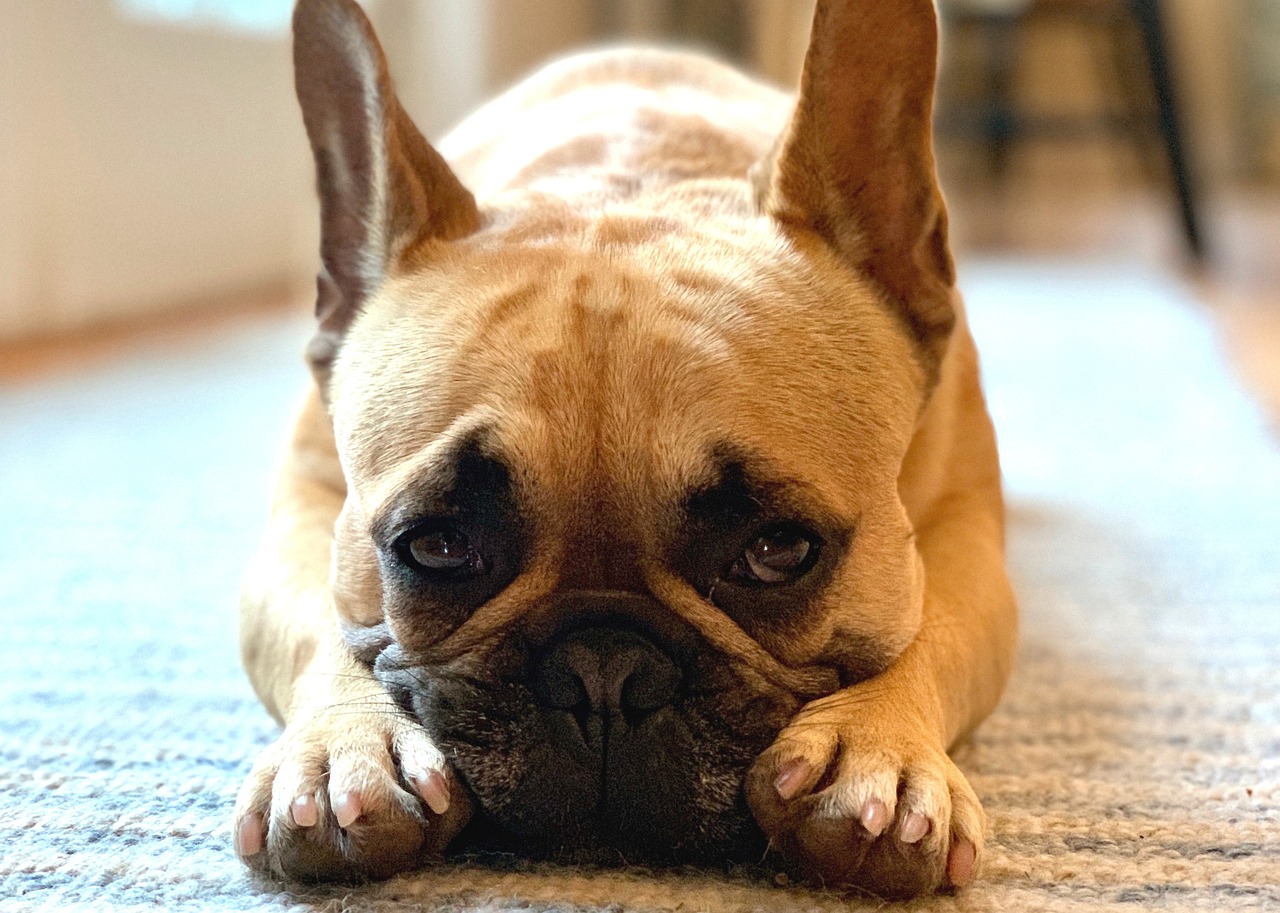
Recognizing Potty Signals
French Bulldogs, similar to all dogs, display certain behaviors when they need to go to the bathroom. Recognizing these signals is essential for effective potty training.
Typical indicators that your French Bulldog needs to relieve itself include:
- Sniffing the ground carefully
- Circling or moving back and forth in a specific spot
- Whining or scratching at the door
- Abruptly stopping play or other activities
- Showing signs of restlessness or agitation
Being aware of these cues will enable you to respond quickly and direct your Frenchie to the correct potty area.
Preparing for French Bulldog Potty Training
Before starting your potty training journey, it’s important to establish a solid foundation for success.
Choosing the Right French Bulldog Potty Training Method
Choosing the right potty training method for your French Bulldog depends on your living circumstances and the dog’s temperament. Two common methods include:
- Indoor potty training (utilizing pee pads or synthetic grass)
- Outdoor potty training
For those living in apartments or without convenient outdoor access, starting with indoor potty training might be more feasible. Nevertheless, it’s usually advisable to shift to outdoor potty training for lasting success.
Preparing Essential Supplies for French Bulldog Potty Training
| Item | Purpose |
|---|---|
| Crate | Provides a safe space and aids in house training |
| Leash and collar | For outdoor potty trips |
| Pee pads or artificial grass | For indoor potty training |
| Enzymatic cleaner | For cleaning up accidents |
| Treats | For positive reinforcement |
Setting Up a Potty Training Area
Choose a particular spot for your French Bulldog to do their business. This might be a corner of your balcony, a part of your yard, or a designated indoor area with pee pads. Keeping the location consistent aids in establishing the habit.
Establishing a Potty Training Routine
A regular routine is essential for effectively potty training a French Bulldog.
Creating a Consistent Schedule
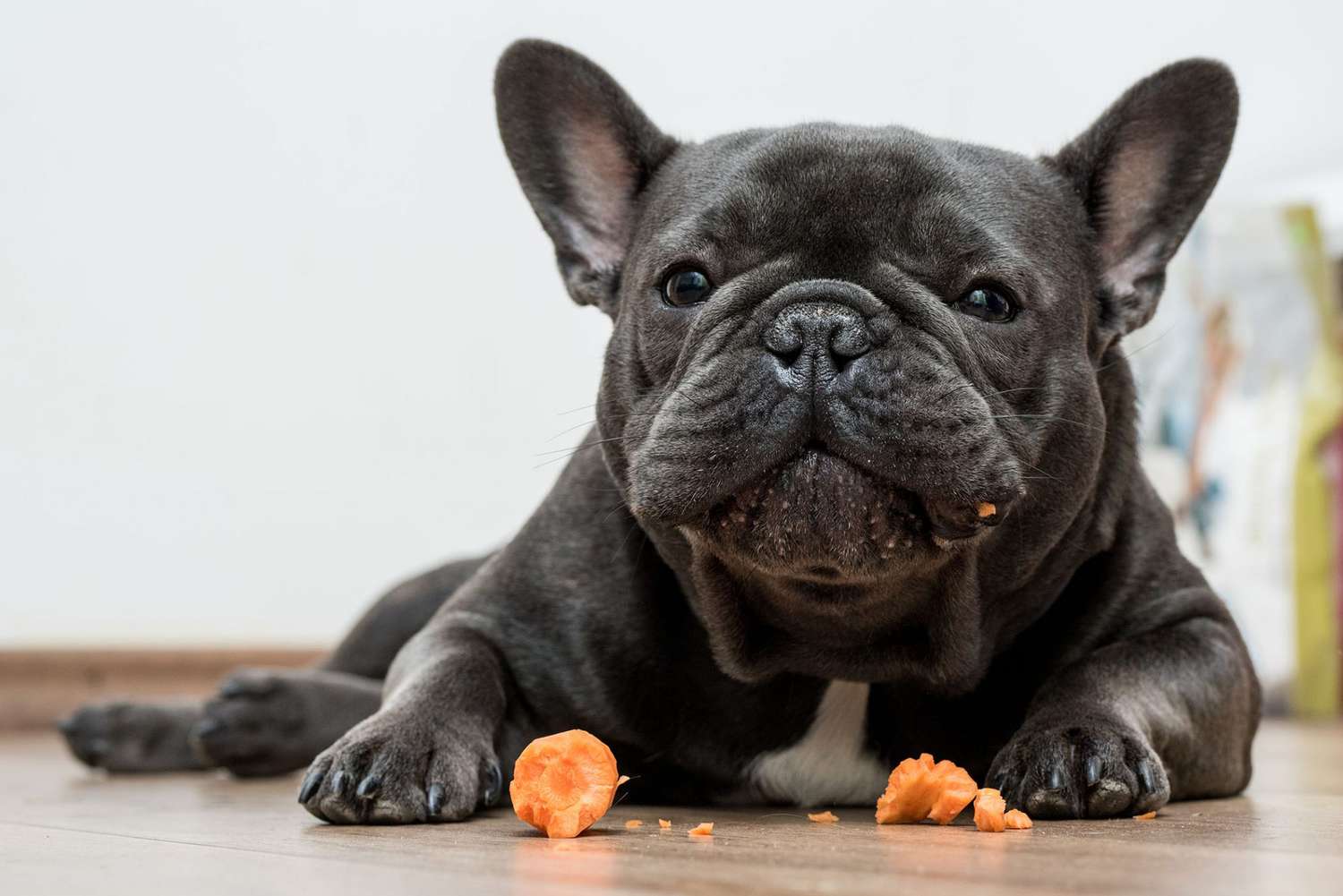
French Bulldogs flourish with a consistent routine. Create a daily timetable that incorporates regular bathroom breaks:
- As soon as you wake up
- Following meals
- Before and after naps
- Prior to going to bed
Feeding and Water Routines
Manage your Frenchie’s food and water consumption to better anticipate bathroom breaks:
- Provide meals at the same times daily
- Take away the water bowl 2-3 hours before bedtime (unless your vet suggests otherwise).
Frequency of Potty Breaks
Young French Bulldog puppies usually need to go to the bathroom every 1-2 hours. As they mature, they can manage to hold it for extended periods. A common guideline is that puppies can retain their bladder for one hour for each month of their age, reaching a maximum of around 8-9 hours for adult dogs.
Use Command Words
Using specific command phrases during potty training can assist your French Bulldog in linking the action to the expected behavior.
Suggested command phrases include:
- Go potty
- Do your business
- Hurry up
Be sure to use your selected command consistently each time you take your Frenchie to their designated potty spot.
Effective Training Approaches
Crate Training
Crate training is an effective approach for potty training French Bulldogs, utilizing their natural instinct to keep their sleeping area clean. This method not only assists in housebreaking but also offers your dog a safe and comfortable space:
- Select the Right Size Crate: Choose a crate that fits your French Bulldog well. It should be spacious enough for them to stand, turn around, and lie down comfortably, but not so large that they can designate a corner as a bathroom.
- Create a Cozy Environment: Add soft bedding and some of their favorite toys to the crate. This helps establish a warm atmosphere, encouraging your dog to view the crate as a secure retreat rather than a place of confinement.
- Start with Short Crate Sessions: Begin by placing your Frenchie in the crate for brief periods (around 15-30 minutes) to help them adjust. Gradually extend the time they spend inside as they get more comfortable.
- Take Your Dog to the Potty Area Right After Crate Time: Immediately after letting your dog out, take them directly to the designated potty spot. Use consistent phrases like “go potty” to help them connect the command with the action.
- Move from Crate Training to Outdoor Potty Training:
Once your French Bulldog demonstrates reliability with crate training, you can start transitioning to outdoor potty training. This phase reinforces good habits while granting your dog more freedom.
Positive Reinforcement Methods
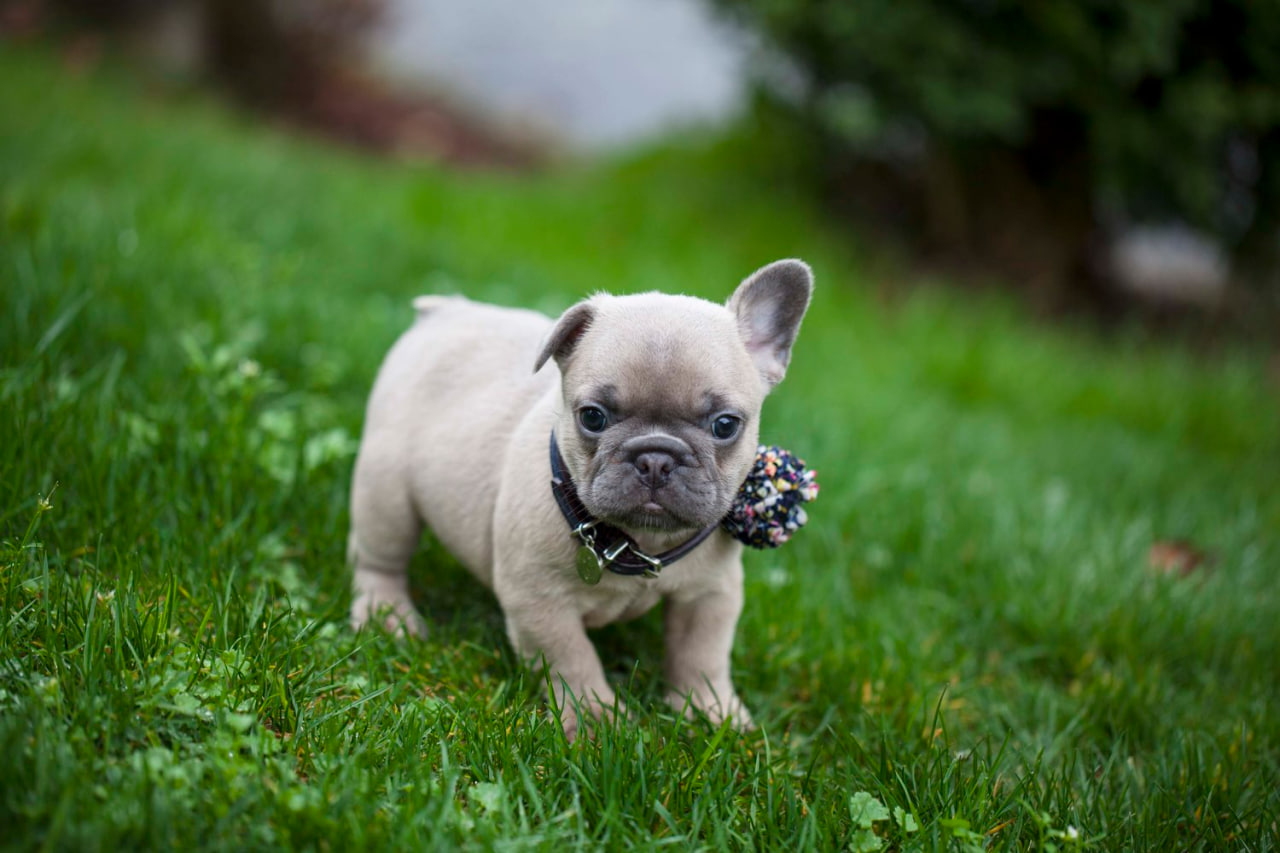
French Bulldogs are highly motivated by praise and rewards, making positive reinforcement a successful training approach.
To implement this technique, you can:
- Offer enthusiastic verbal praise
- Give small, high-value treats for French Bulldogs right after they successfully go potty
- Treat your Frenchie to extra playtime or a beloved toy
It’s important to note that timing is essential. Be sure to reward your Frenchie immediately after they complete their business, rather than waiting until they come back inside.
Handling Accidents and Setbacks
Accidents are a natural occurrence during potty training. The way you manage them can greatly influence your French Bulldog’s development.
Proper Cleaning of Accidents
- Step 1: Soak up as much of the spill as you can.
- Step 2: Use an enzymatic cleaner to eliminate odors.
- Step 3: Let the area dry thoroughly.
- Step 4: Repeat if needed.
Avoid ammonia-based cleaners, as their scent can resemble urine and may lead to further incidents.
Addressing Regression in Potty Training
Setbacks can happen for a variety of reasons, including alterations in routine, stress, or health concerns. If your French Bulldog experiences a regression:
- Eliminate any medical issues by visiting your veterinarian.
- Go back to the fundamentals, increasing supervision and the number of potty breaks.
- Evaluate and modify your training methods if needed.
- Stay patient and consistent.
Advanced Potty Training Strategies
Nighttime Potty Training Tips
- Reduce water consumption in the evening
- Take your Frenchie out for a last bathroom trip just before sleeping
- If necessary, set an alarm for nighttime bathroom breaks
- Slowly increase the interval between nighttime bathroom trips.
Potty Training in Apartments or Without a Yard
For French Bulldog owners residing in apartments or lacking convenient outdoor access:
- Utilize a balcony or patio if you have one.
- Set up an indoor bathroom area with pee pads or synthetic grass.
- Develop a consistent walking schedule for bathroom breaks.
- Think about hiring a dog walking service for midday relief if you’re gone for long stretches.
Dealing with Stubborn French Bulldogs
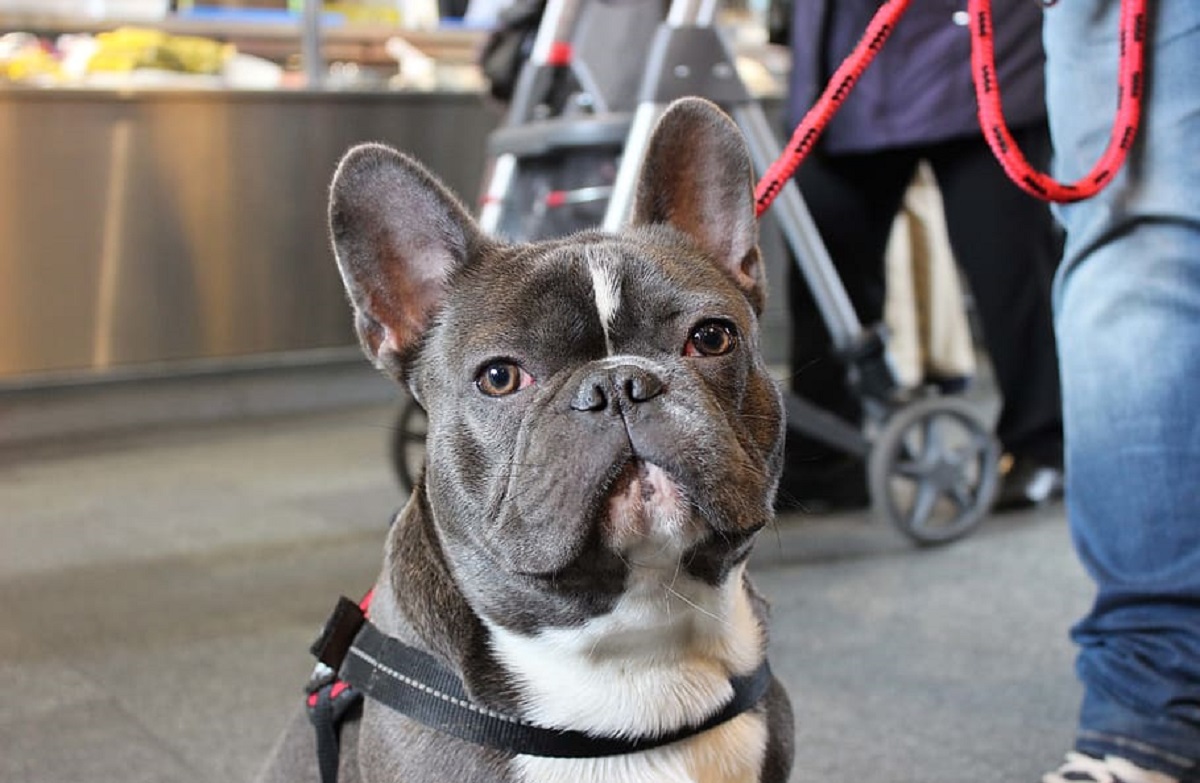
French Bulldogs are often known for their stubbornness. If you’re encountering challenges:
- Enhance the rewards for successful bathroom outings.
- Make sure you’re not unintentionally rewarding unwanted behaviors.
- Think about getting assistance from a professional dog trainer.
- Stay patient and stick to a consistent method.
FAQs
Q: My French Bulldog keeps having accidents indoors. What am I doing wrong?
A: Accidents are normal during the training process. Ensure you’re taking your puppy out frequently enough, supervising them closely when indoors, and cleaning accident spots thoroughly with an enzymatic cleaner to remove odors that might attract them back to the same spot.
Also, pay extra attention to the French Bulldog foods you are currently feeding your pup. Inappropriate food might lead to accident potty behavior due to digestive issues or increased urgency.
Q: Should I use puppy pads for indoor training?
A: While puppy pads can be useful in certain situations (like apartment living or during bad weather), they can sometimes confuse puppies about where it’s appropriate to eliminate. If possible, it’s best to train your French Bulldog to go outdoors from the start.
Q: How long does it typically take to fully potty train a French Bulldog?
A: On average, it takes about 4-6 months to fully potty train a French Bulldog. However, some may learn faster or slower depending on consistency in training and individual temperament.
Conclusion
French Bulldog potty training demands commitment, consistency, and a solid grasp of your dog’s needs and behaviors. By implementing the techniques presented in this guide, you’ll be prepared to address this important yet challenging part of owning a French Bulldog. Keep in mind that each dog is different, so be ready to modify your methods as necessary. With patience and positive reinforcement, your Frenchie will quickly learn proper potty habits, resulting in a happier and cleaner environment for both of you.

As an experienced dog foster and canine advocate, I have a special place in my heart for French Bulldogs. Their charming personalities and unique needs sparked my interest, leading me to specialize in Frenchie care. I’ve fostered over 200 Frenchies over the year, gaining deep insights into their dietary requirements and health concerns. This expertise drives my contributions to bestfoodforfrenchbulldog.dog, where I share practical advice on nutrition, care, and enrichment for these lovable flat-faced pups.
My articles aim to educate Frenchie owners on optimal feeding practices and health management. When not writing or fostering, I’m often cuddling with my own Frenchie, Biscuit, my inspiration for helping others care for this delightful breed.
